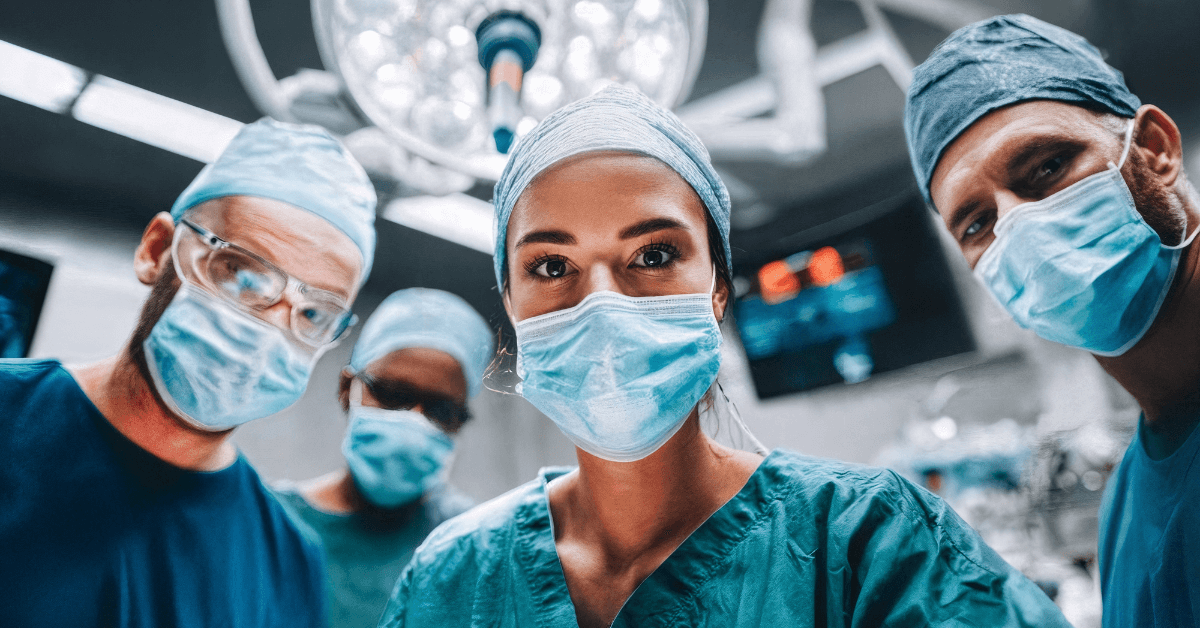Pilonidal cysts are a common yet often misunderstood condition affecting teenagers. These fluid-filled sacs, typically located near the tailbone, can cause significant discomfort and concern for both teens and their parents. Understanding what causes pilonidal cysts and how to treat them is crucial for managing and preventing them effectively.
What Are Pilonidal Cysts?
A pilonidal cyst is a pocket of skin that contains hair, skin debris, and sometimes dirt. It forms near the tailbone at the top of the buttocks. While these cysts can be present without causing symptoms, they often become painful and may become infected, leading to swelling, redness, and drainage of pus or blood. In some cases, a pilonidal cyst can develop into a pilonidal abscess, which is a more severe infection that may require surgical intervention.
Why Are Teenagers Prone to Pilonidal Cysts?
Adolescents and young adults, particularly males aged 15 to 30, most commonly develop pilonidal cysts. Several factors contribute to the higher incidence in teenagers:
- Excessive Hair Growth: Teenagers often experience increased hair growth during puberty, which can lead to hair follicles becoming clogged and forming cysts.
- Prolonged Sitting: Extended periods of sitting, such as during school or while using electronic devices, can increase pressure on the tailbone area, promoting cyst formation.
- Poor Hygiene: Inadequate hygiene practices can lead to the accumulation of sweat and debris, increasing the risk of infection.
- Obesity: Excess body weight can create skin folds that trap hair and debris, thus contributing to cyst development.
- Family History: Genetic factors may play a role, as pilonidal cysts can run in families.
Symptoms of Pilonidal Cysts in Teenagers
Recognizing the symptoms of pilonidal cysts is essential for early intervention. Common signs include:
- Pain or Tenderness: Discomfort or pain near the tailbone, especially when sitting or standing for long periods.
- Redness and Swelling: Inflammation around the cyst area.
- Drainage: Pus or blood draining from the cyst, indicating infection.
- Fever: In some cases, a fever may develop if the cyst becomes infected.
- Visible Pits: Small holes or pits in the skin near the tailbone.
Diagnosis and Treatment Options
If a healthcare provider suspects a pilonidal cyst, they will perform a physical examination and may recommend imaging tests to assess its size and depth. Treatment options vary depending on the severity and recurrence of the cyst:
- Conservative Measures: For mild cases, maintaining good hygiene, avoiding prolonged sitting, and using warm compresses can help alleviate symptoms.
- Antibiotics: If an infection is present, antibiotics may be prescribed to control the infection.
- Incision and Drainage: In cases of abscess formation, a minor surgical procedure to drain the cyst may be necessary.
- Sinus Laser-Assisted Closure (SiLaC®): A minimally invasive procedure that uses laser technology to remove the cyst and close the sinus tract. Studies have shown that SiLaC® is effective, safe, and associated with minimal pain and rapid recovery.
- Surgical Excision: For recurrent or complex cases, surgical removal of the cyst may be required.
Sinus Laser-Assisted Closure (SiLaC®): A Modern Treatment Option
SiLaC® is an innovative treatment for pilonidal cysts that offers several advantages over traditional surgical methods:
- Minimally Invasive: The procedure involves small incisions, reducing trauma to surrounding tissues.
- Reduced Pain: Patients often experience less postoperative pain compared to traditional surgery.
- Faster Recovery: Most patients can return to normal activities within a short period.
- Low Recurrence Rate: Studies indicate a low rate of cyst recurrence following SiLaC® treatment.
The procedure involves using a laser to remove the cyst and close the sinus tract, thus promoting healing and reducing the risk of future problems.
Preventing Pilonidal Cysts in Teenagers
While not all cases can be prevented, certain measures can reduce the risk of pilonidal cysts:
- Maintain Good Hygiene: Encourage regular bathing and keeping the area clean and dry.
- Hair Removal: Consider hair removal methods, such as shaving or laser hair removal, to reduce hair accumulation in the area.
- Avoid Prolonged Sitting: Encourage teens to take breaks and avoid sitting for extended periods.
- Weight Management: Maintaining a healthy weight can reduce the risk associated with obesity.
- Regular Medical Check-ups: Routine visits to a healthcare provider can help detect and address potential issues early.
Conclusion
Teenagers commonly develop pilonidal cysts, but proper understanding, treatment, and preventive measures can effectively manage them. Innovative treatments like Sinus Laser-Assisted Closure (SiLaC®) offer promising outcomes with minimal discomfort and quick recovery. By staying informed and proactive, parents can help their teens navigate this condition and maintain their overall health and well-being.
FAQs
Q1: Can pilonidal cysts go away on their own?
In some cases, pilonidal cysts may not cause symptoms and might not require treatment. However, many cysts can become infected or lead to abscesses, so medical evaluation is recommended.
Q2: Is SiLaC® safe for teenagers?
Yes, SiLaC® is considered safe for teenagers. It is a minimally invasive procedure with a low risk of complications and a quick recovery time.
Q3: How can I help my teen prevent pilonidal cysts?
Encourage good hygiene practices, regular hair removal in the affected area, thus avoiding prolonged sitting, and maintaining a healthy weight to reduce the risk.
Q4: What should I do if my teen shows symptoms of a pilonidal cyst?
Consult a healthcare provider for an evaluation. Early diagnosis and treatment can prevent complications and promote faster recovery.
Q5: Are there any long-term effects of pilonidal cysts in teenagers?
With appropriate treatment, most teenagers recover fully without long-term effects. However, untreated or recurrent cysts can lead to chronic issues, so timely intervention is important.



